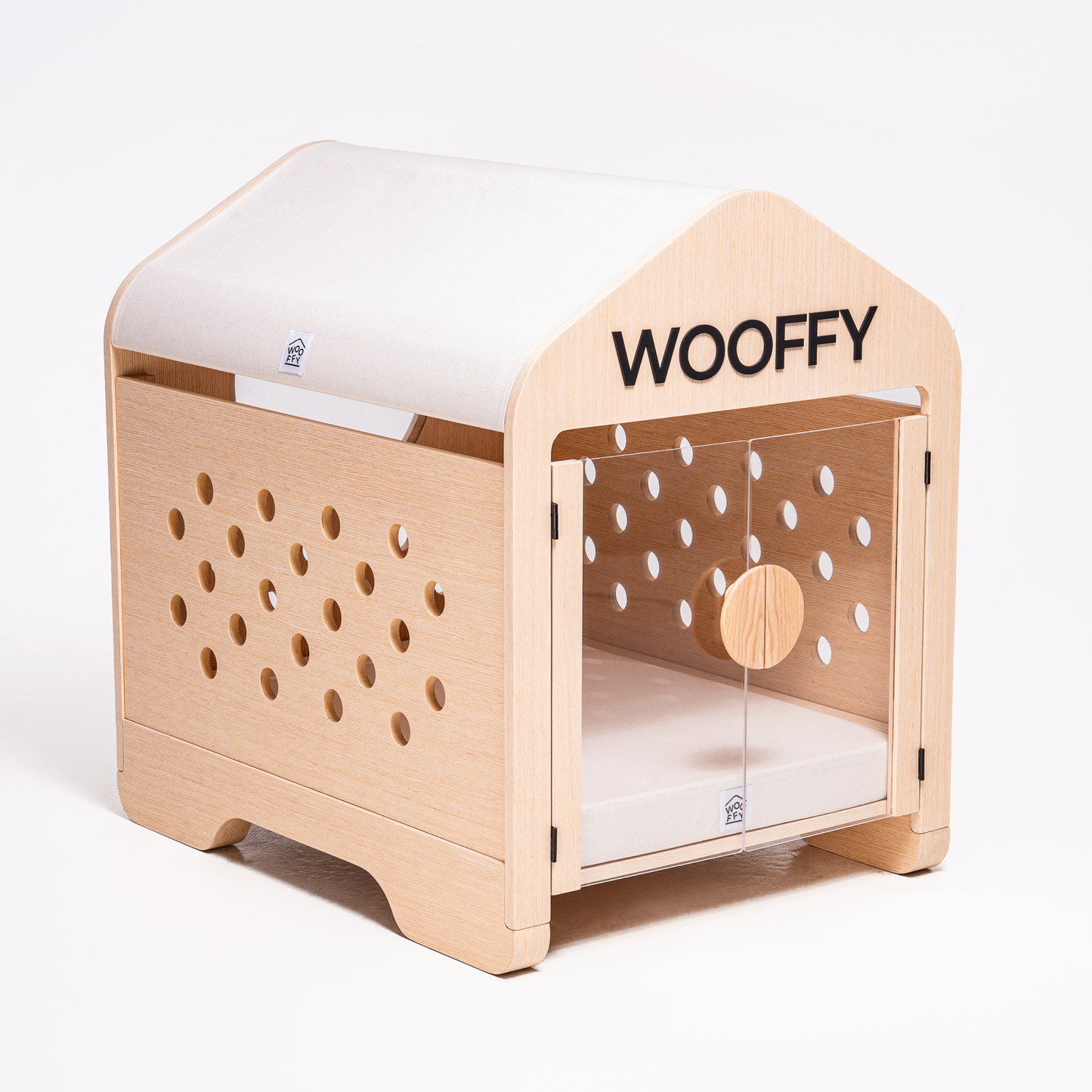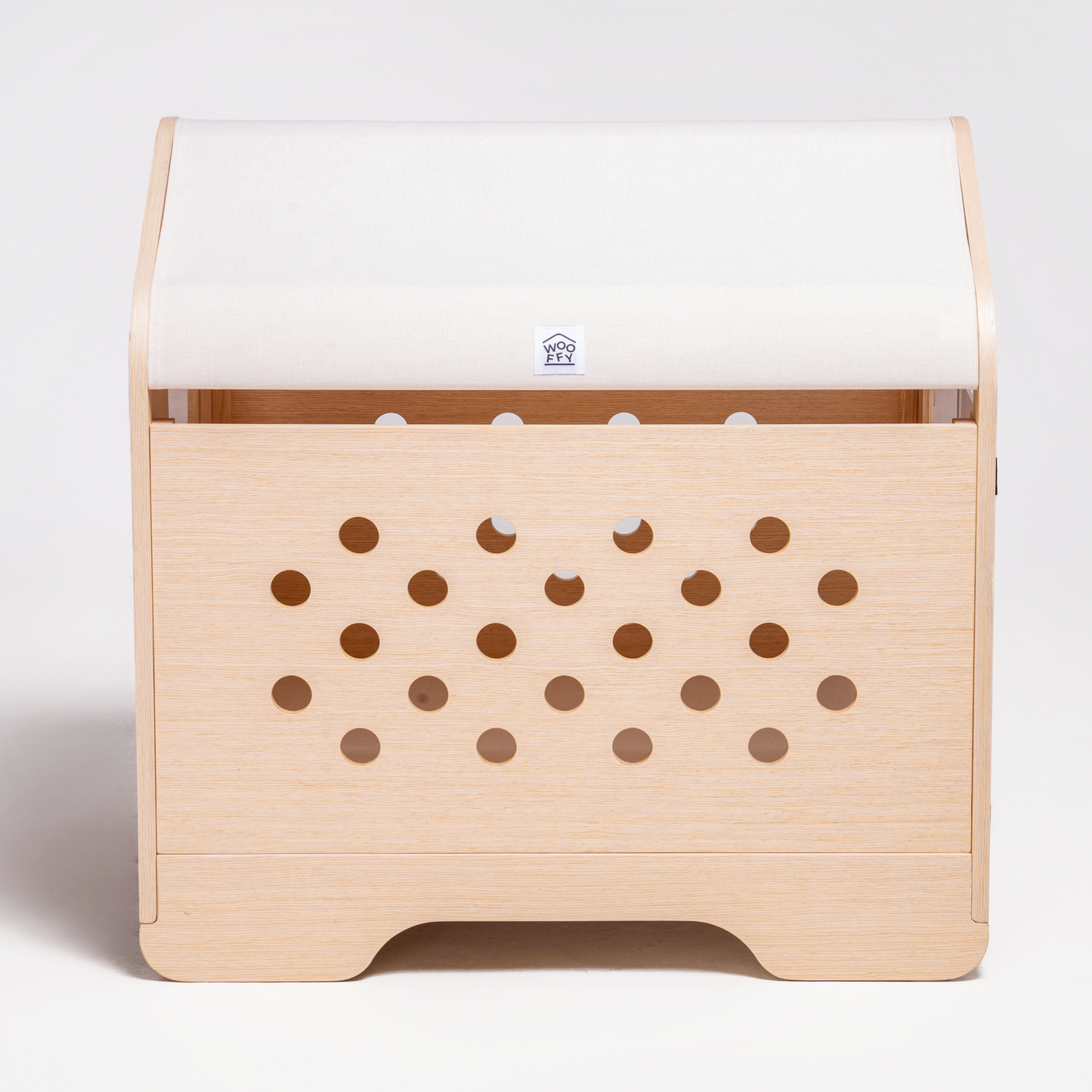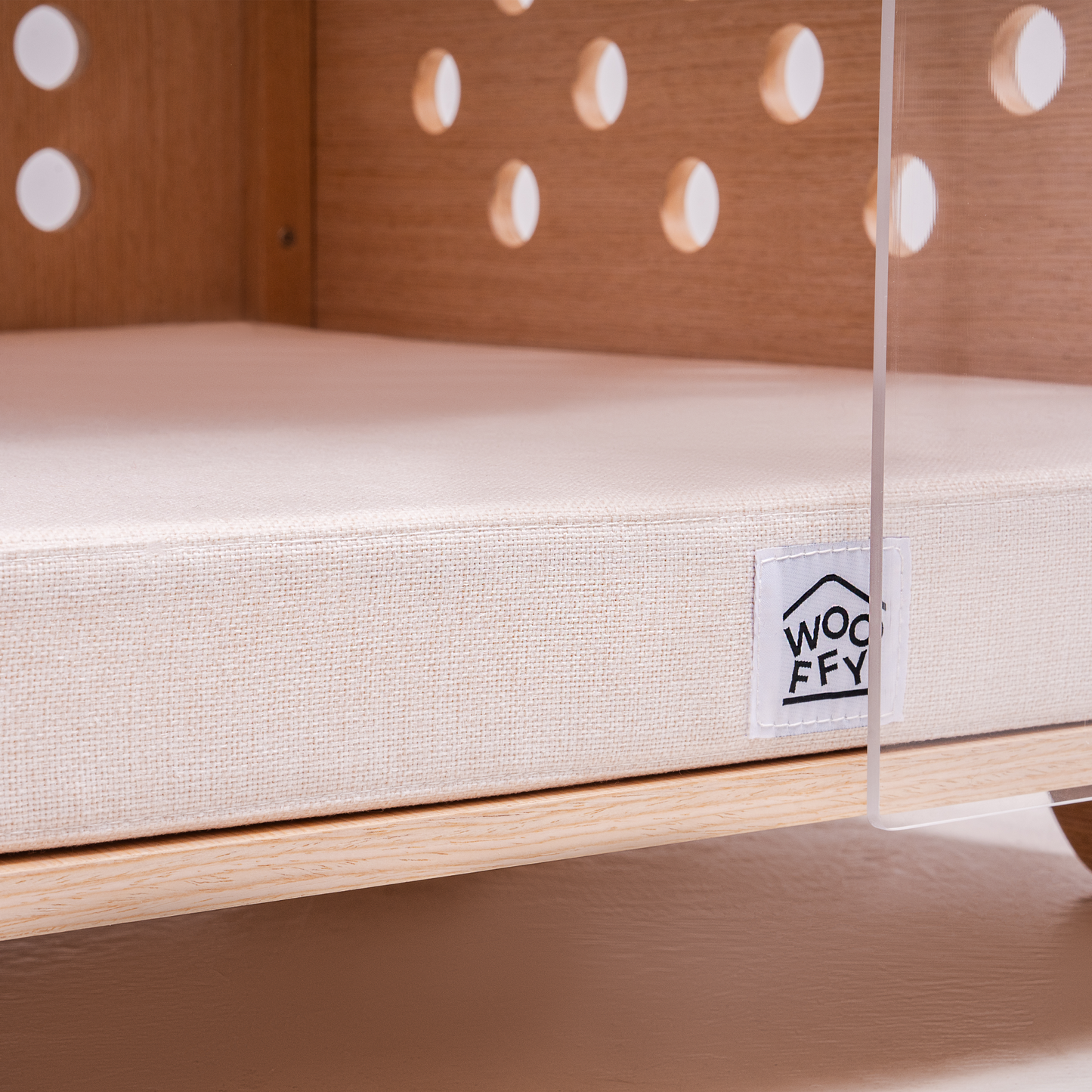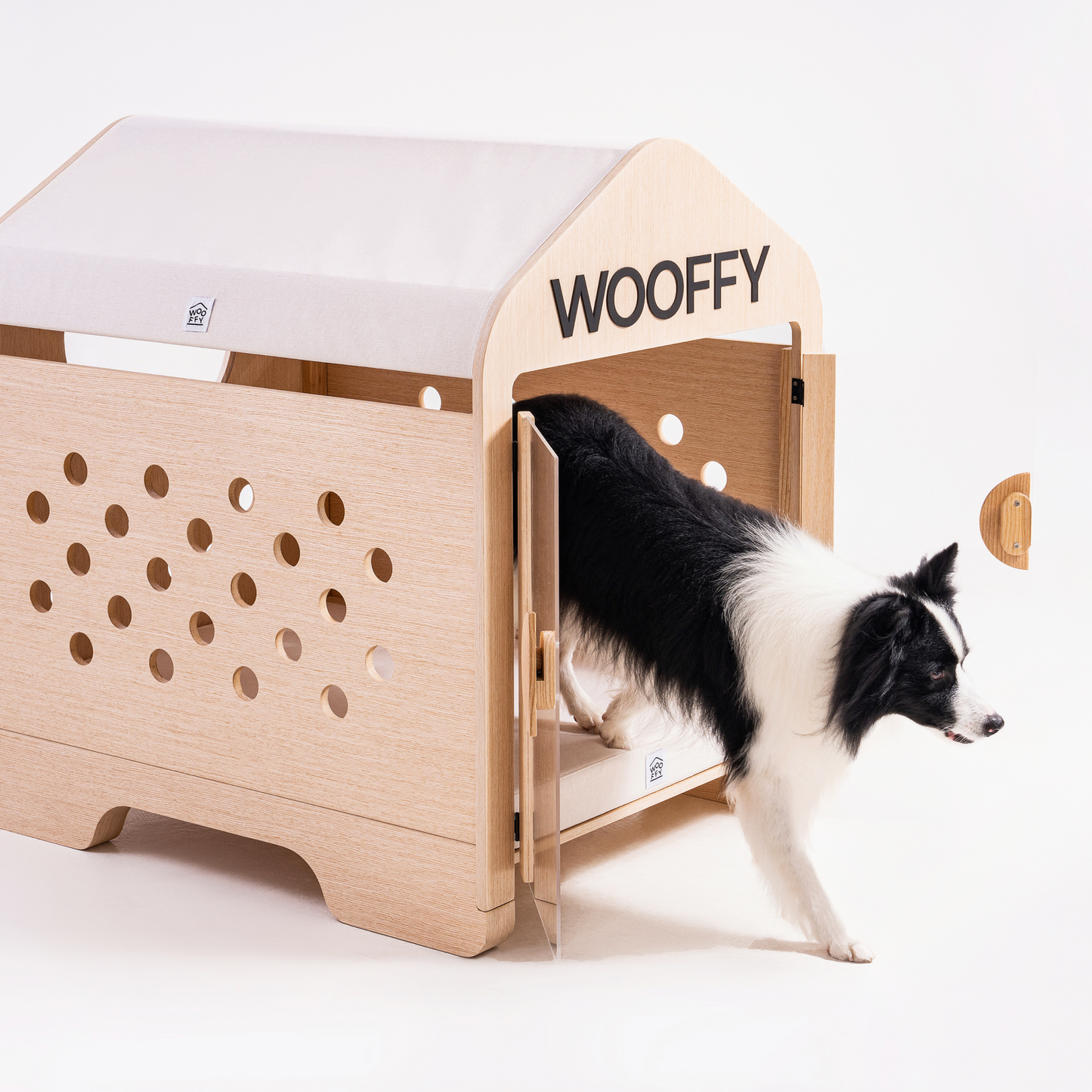
The Benefits of Crate Training for Dogs and Their Owners
Share
Introduction
Crate training is often seen as a controversial topic among dog owners. Some believe it is cruel to confine a dog to a small space, while others see it as a necessary tool for training and managing a dog's behavior. However, when done correctly, crate training can have numerous benefits for both dogs and their owners. This article will explore the benefits of crate training for dogs and their owners.
1.Provides a Safe and Secure Space
Dogs are den animals by nature, and they instinctively seek out small, enclosed spaces to rest and sleep. A crate can mimic this natural den-like environment, providing your dog with a sense of security and a space that is all their own. This can be particularly beneficial for dogs that are anxious or nervous.
2.Aids in House Training
Crate training is an effective tool for house training a puppy or a new dog. Dogs do not like to soil their sleeping area, so they will naturally try to hold it until they are let out of the crate. This helps to establish a routine and teaches the dog to eliminate outside.
3.Prevents Destructive Behavior
Dogs, especially puppies, can be destructive when left alone. They may chew on furniture, shoes, or other items in the house. A crate provides a safe space for your dog to stay when you are not at home, preventing destructive behavior.
4.Facilitates Travel
A crate-trained dog will be more comfortable and less stressed when traveling. Whether you are traveling by car or plane, having a crate-trained dog will make the journey easier for both you and your dog.
5.Provides a Management Tool
Crate training can be a useful tool for managing your dog's behavior. It can be used as a safe space for your dog to retreat to when there are visitors or during stressful situations. It can also be used as a management tool to prevent destructive behaviors when you are not at home.
Conclusion
Crate training, when done correctly, can have numerous benefits for both dogs and their owners. It provides a safe and secure space for your dog, aids in-house training, prevents destructive behavior, facilitates travel, and provides a useful management tool. Remember to create positive associations with the crate and to choose the right size crate for your dog. With patience and consistency, crate training can be a positive experience for both you and your dog.
Note: It is essential to provide your dog with plenty of exercise and socialization outside of the crate. A crate should never be used as a substitute for proper training and socialization.
Next Steps After Crate Training
Once your dog is comfortable with the crate and has been successfully crate trained, you may want to consider providing them with a more permanent and comfortable space. The Wooffy Modern Dog House is a perfect choice. It is a stunning piece that adds a touch of elegance to any home decor whilst offering a warm, den-like atmosphere with optimal ventilation and light. Inside is a water-resistant and breathable bed, guaranteeing your dog a pleasant retreat. Check it out here.
Read More
- Crate Training 101: Everything You Need to Know
- Understanding the Psychology of Crate Training Your Dog
- How to Manage Separation Anxiety with Crate Training


























